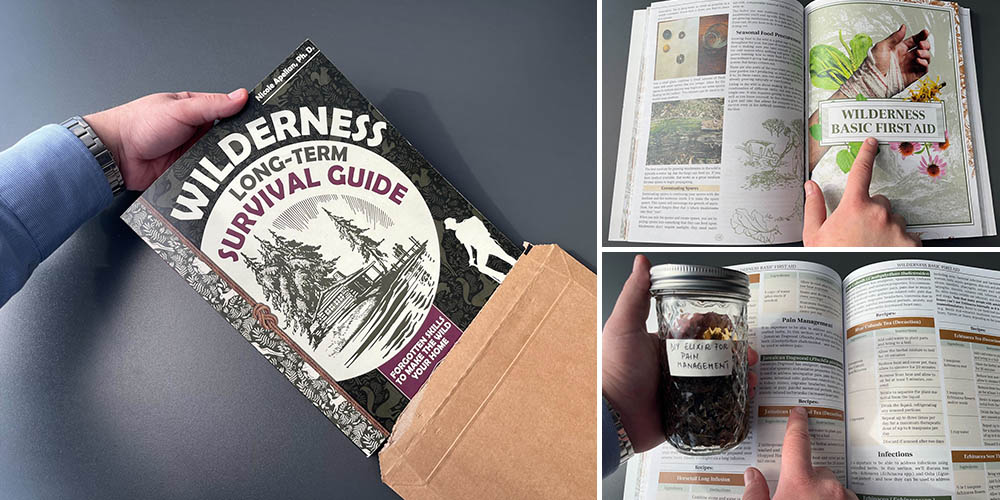
Wilderness Long-Term Survival Guide Review
As you probably already know, here at The Lost Herbs, we’re always doing our best to unearth the forgotten healing traditions of our ancestors. It’s these remedies that can help us stay resilient no matter what life throws our way. This is why we had to make sure we write this Wilderness Long-Term Survival Guide Review so you can learn the truth about one of the most popular books of its kind to date.
For years now, I’ve been looking for a book that covers our ancestors’ survival skills that helped them live in the wild. I got tired of guides that show nothing but the tip of the iceberg when it comes to survival and don’t even cover the remedies that our ancestors relied on.
Many of the authors haven’t even tried to live in the wild themselves. Whenever I grab one of those, I feel like it’s nothing more than a printed ad for expensive equipment that’s supposed to help you survive. These are only good as fire starters for your fireplace.
Not long ago, a good friend recommended the Wilderness Long-Term Survival Guide. It’s written by Nicole Apelian—the woman who survived 57 days on her own in the wilderness on the remote Vancouver Island on History Channel’s Alone—I figured she knows a thing or two about surviving in the wild… so I ordered it right away.
After all, she managed to survive almost two months with little more than a knife and her knowledge of edible and medicinal plants, despite the spite of the debilitating effects of her incurable disease attacks.
What drew my attention first is that Nicole referred to our ancestors, supporting the same idea I do: that they didn’t just survive in the wilderness—they lived there and called it home! For them, survival was a way of life!
Our ancestors mastered essential survival skills, from self-sustaining fires to building shelters without our modern, helpful tools.
They developed expertise in identifying common medicinal plants and foraging for food as part of their daily routine.
Additionally, they honed the art of crafting traps for hunting, ensuring their ability to secure food in challenging circumstances.
After I placed my order, I received the guide in a hard cardboard package, and it’s a very good-looking book, if I may say so. The delivery time wasn’t that bad either. In about three days, I had already received it
The paper and picture quality exceeded my expectations even before I went to the content.
I like that the chapters are very well structured. They start with the most important things for survival: how to build a shelter, start a fire, get water that is safe to drink, find edible plants, and make traps.
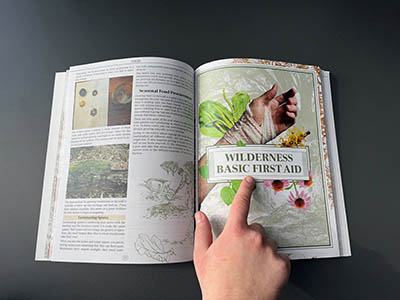 One of the sections that really stood out to me was Wilderness Basic First Aid. This isn’t your typical first-aid guide with a bunch of sterile bandages and alcohol wipes—it’s a treasure trove of natural, plant-based remedies that our ancestors relied on when there were no doctors or pharmacies in sight.
One of the sections that really stood out to me was Wilderness Basic First Aid. This isn’t your typical first-aid guide with a bunch of sterile bandages and alcohol wipes—it’s a treasure trove of natural, plant-based remedies that our ancestors relied on when there were no doctors or pharmacies in sight.
No Wilderness Long-Term Survival Guide Review would be complete without mentioning the medicinal use of the book.
Nicole goes deep into medicinal plants, mushrooms, and lichens you can find in the wild. There are so many plants around us that can help with everything, from minor scrapes to serious infections. I had no idea that something as simple as a lichen growing on a tree could be turned into a powerful antibiotic!
There’s an entire section on bleeding and breakage, where she shows you how to make herbal poultices to stop bleeding fast and even manage minor fractures when you’re far from medical help. I always thought I’d need fancy supplies for that, but Nicole proves otherwise.
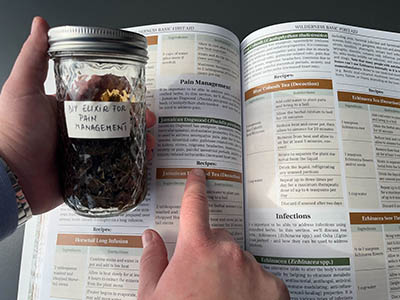 And if you’ve ever struggled with pain in the wild—whether it’s a headache, a twisted ankle, or joint pain—you’ll love the chapter on pain management. Nicole shares her go-to recipes for natural painkillers made from common plants. I tried one of her wildcrafted salves for joint pain, and I was surprised to see how fast it worked!
And if you’ve ever struggled with pain in the wild—whether it’s a headache, a twisted ankle, or joint pain—you’ll love the chapter on pain management. Nicole shares her go-to recipes for natural painkillers made from common plants. I tried one of her wildcrafted salves for joint pain, and I was surprised to see how fast it worked!
Out in the wild, even a small cut can turn dangerous if it gets infected. Nicole’s remedies for treating infections are highly ingenious. She explains how to make herbal antiseptics that can clean wounds and prevent infections without any synthetic chemicals.
In my experience, I’ve learned that when you’re in the wild, you can’t always rely on fishing and hunting. That’s why I am glad this guide has lots of information on edible plants, with pictures and descriptions that will make identification a lot easier.
The guide has a map covering all of the United States and its most common edible plants along with a very detailed list of their poisonous lookalikes.
This is very useful —and I’ll tell you why. In a forest nearby, I saw some blueberries that I thought were safe to eat. I was about to make a huge mistake…. They’re called black nightshade, and they are the poisonous lookalike of the blueberry, one of the most common fruits to be found in any forest-like area. I couldn’t have known that without this guide.
I am so pleased I finally found something that covers all these survival skills so well. And apart from the information, I love the high-quality paper. It feels like I can take it with me in the wild and not have to worry it will be destroyed by a few drops of water.
Whether you’re a seasoned prepper, a forager, or just someone looking to add natural remedies to your life, the conclusion to our Wilderness Long-Term Survival Guide Review is that this book is a must-have. It’s a good resource not just for emergencies, but for everyday health.
I was already familiar with a few skills, and it felt pretty good to jog my memory. But there were still plenty of new skills that never crossed my mind. And it’s the only guide I’ll take with me in my bug-out bag if I’m ever forced to leave my home.
If you’ve ever wondered how our ancestors managed without pharmacies, I confirm this guide has the answers.
I’m sure the information found in the Wilderness Long-Term Survival Guide will one day prove to be lifesaving, and I think even if you don’t have to head for the woods right now, it surely adds a new level of preparedness everyone needs.
Secure your physical copy here: Wilderness Long-Term Survival Guide!






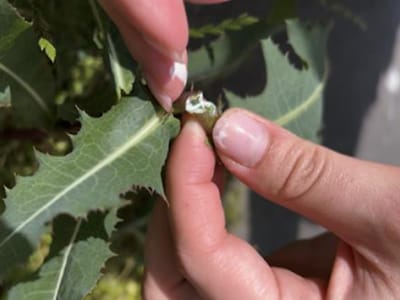

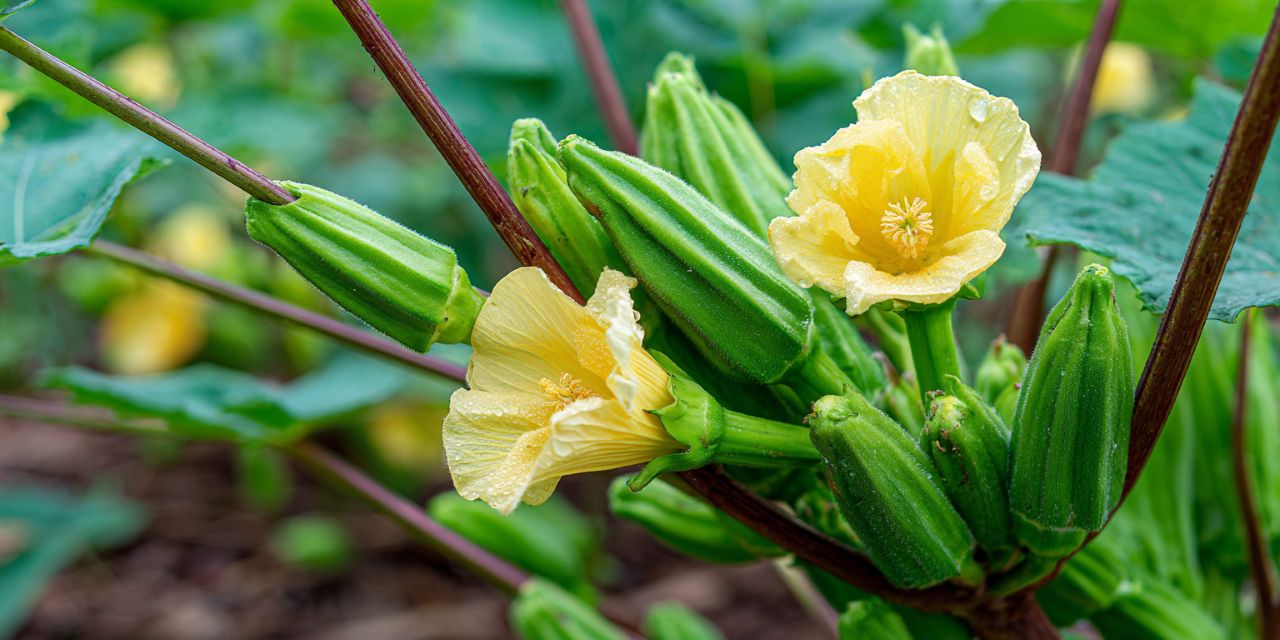
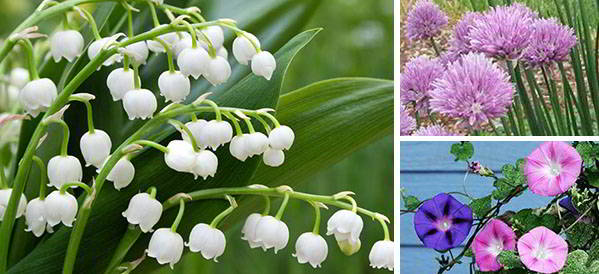
Awesome survival book
legit remedies and life skills